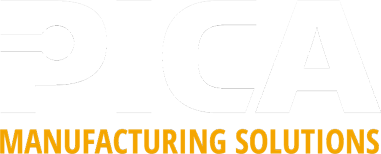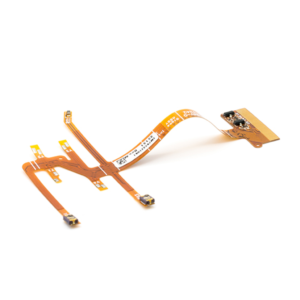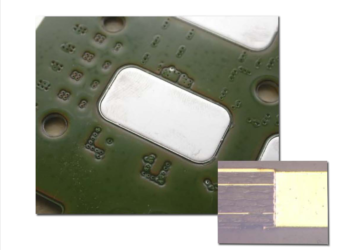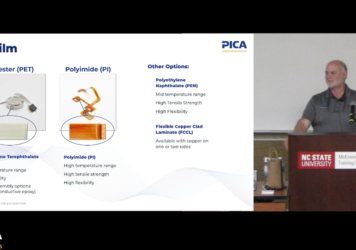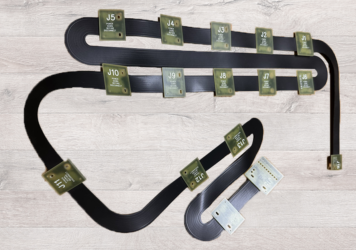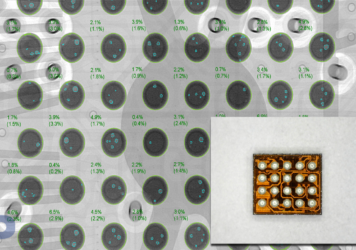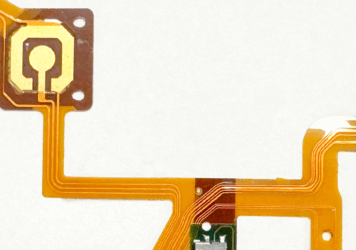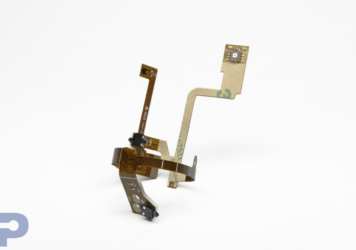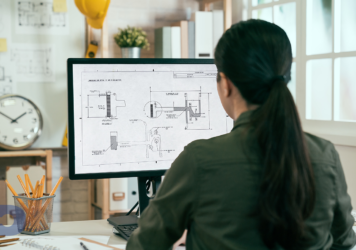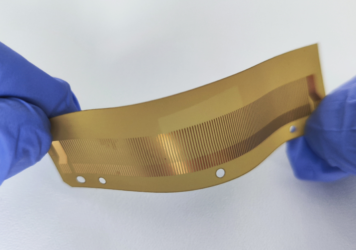Understanding Flexible Printed Circuit (FPC) Cost Drivers
FlexPros2025-07-24T17:57:17+00:00Flexible Printed Circuits (FPCs) are essential components in modern electronics, enabling lightweight, compact, and high-performance designs. However, they come at a higher cost compared to traditional rigid PCBs. This is primarily due to the specialized materials and manufacturing processes required for flexibility and durability. Below, we break down the key cost drivers for FPCs, helping designers and procurement teams make informed decisions.
Why Flexible Circuits Cost More Than Rigid PCBs
The primary reason for the higher cost of FPCs is the ultra-thin materials used in their construction. These materials must be flexible while maintaining electrical integrity, making them significantly more expensive than standard rigid PCB materials.
1. The Impact of Ultra-Thin Materials
Thin materials are a necessity for flexible circuits, but they introduce several cost-driving factors:
- Higher Material Costs: Flexible PCB materials, such as polyimide, can cost up to 10 times more than standard FR4 (the common material used in rigid PCBs).
- Fragility & Handling Challenges: The delicate nature of thin materials makes them prone to damage during manufacturing, leading to reduced yields and higher costs.
- Dimensional Instability: Flexible substrates expand and contract more than rigid materials, making precision fabrication more challenging and potentially increasing process scrap rates.
2. The “Heavy Hitters” – Major Cost Drivers
Certain design aspects have the most significant impact on the final cost of an FPC:
- Layer Count: The more layers an FPC has, the more complex the manufacturing process becomes, significantly driving up costs.
- Circuit Size: Larger circuits require more material and can lead to lower panel utilization, increasing cost per unit.
- Circuit Shape: Complex or irregular shapes reduce material efficiency and may require additional cutting processes, adding to manufacturing expenses.
- Circuit Type:
- Multilayer Flex: More layers add to material and processing costs.
- Rigid-Flex: Combining rigid and flexible sections increases complexity, requiring additional lamination and drilling steps.
Ready to Take Your Project to the Next Level?
Explore our high-quality, custom flexible circuit boards designed to fit your unique needs. Whether it’s for consumer electronics, automotive, or medical devices, we’ve got you covered with precision engineering and reliable performance.
3. Secondary Cost Drivers – Still Important
While not as impactful as the “heavy hitters,” these factors still play a role in FPC costs:
- Feature Size (Pads, Traces, and Spacing): Tighter tolerances increase production difficulty, requiring advanced processing techniques and tighter quality control.
- Material Type: The choice of materials significantly affects cost:
- Adhesive-Based: Lower cost but may have performance limitations.
- Adhesiveless: More expensive but offers better flexibility and performance.
- LCP (Liquid Crystal Polymer): Premium material with excellent high-frequency and thermal properties, but very costly.
- Other Exotic Materials: Custom materials tailored for specific applications (e.g., extreme temperature or RF performance) drive up costs further.
- Via Type: Different via structures affect manufacturing complexity and cost:
- Through-Hole Vias: Standard and generally lower cost.
- Blind Vias: Higher cost due to additional drilling and plating steps.
- Buried Vias: Even more expensive due to extra processing steps.
4. Less Common but Notable Cost Drivers
While these factors don’t always apply, they can significantly impact cost in certain designs:
- Over-Dimensioned Drawings: Oversized drawings with unnecessary detail can complicate manufacturing and increase setup time.
- Dissimilar Layer Counts (Especially in PTH Areas): Variations in layer thickness can lead to challenges in drilling and plating, increasing costs.
- Excessive Size (Over 18”+ in Length): Large FPCs reduce panel utilization and may require specialized handling or tooling.
- Copper Weights Over 2 oz: Particularly in Asian manufacturing, heavier copper layers increase production complexity and costs.
- Multiple Final Finishes: Using different finishes (e.g., both ENIG and solder) increases process steps and costs.
Conclusion
Designing FPCs requires balancing functionality, manufacturability, and cost. Understanding the key cost drivers—especially material selection, circuit complexity, and processing requirements—can help engineers and procurement teams optimize designs for cost-effectiveness without sacrificing performance. By addressing these factors early in the design phase, manufacturers can achieve a more efficient and cost-friendly flexible circuit production process.
For expert guidance in navigating these cost drivers, PICA Manufacturing Solutions stands as a trusted partner. With extensive experience in FPC design and manufacturing, PICA can help you make informed decisions to optimize both performance and cost, ensuring the success of your projects.
